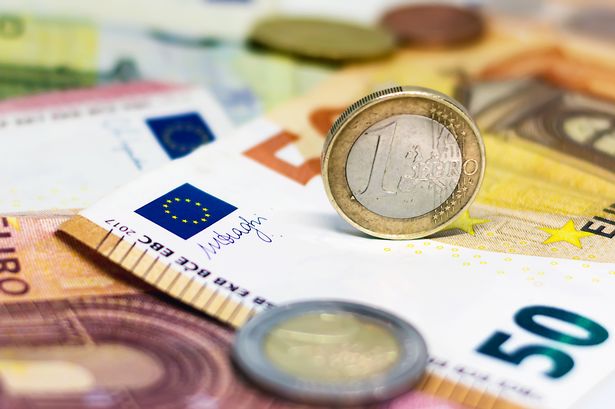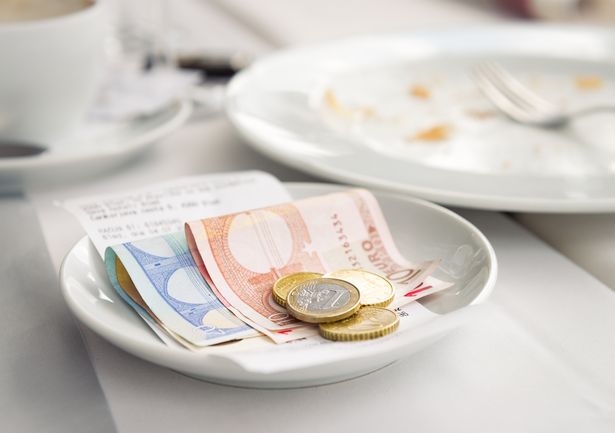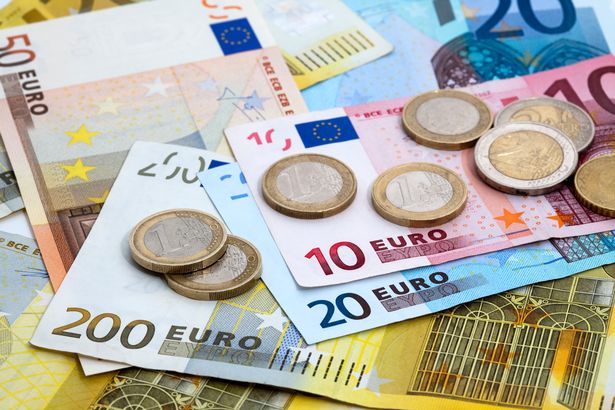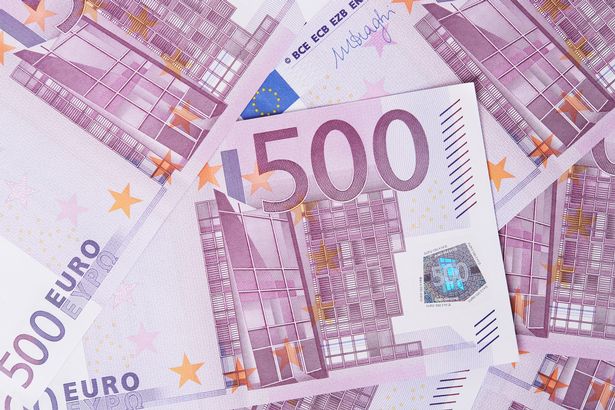The Bank of Spain has set the record straight after concerned Brits were warned that a specific Euro banknote was being withdrawn from circulation in a fraud-related crackdown
Urgent warnings over a Euro ‘cash trap’ have sparked concern among British tourists heading to Spain this year. Widespread reports that the central bank is taking some banknotes ‘out of service over the next few months’ resulted in holidaymakers being advised to avoid ‘old or damaged’ €50 notes altogether.
Claims that these specific notes would be withdrawn from circulation during the summer state such a move was to crack down on fraud, with several major outlets warning tourists not to get ‘caught out’. However, The Bank of Spain has since issued a brutal statement in response to the hysteria – and insists it hasn’t ordered any currency to be removed from the country.
It clarified that all euro banknotes can ‘continue to be used normally and will not lose their value’. Brits therefore do not need to worry about being financially stung when withdrawing money in the country, or collecting their Euros from a UK travel agent.
READ MORE: Mass flight-cancellation event in Europe as two major airports shut down
“As part of its daily and ongoing activities, the Bank of Spain, like the other national central banks of the Eurosystem, works to ensure the highest quality of all banknotes and coins in circulation,” the bank wrote. “During the normal course of the cash cycle, the Bank of Spain checks the authenticity and suitability of all banknotes returned from credit institutions, withdrawing from circulation any that are not in a suitable state of use.”
Genuine banknotes and coins that are in good condition are returned to circulation, while stained or damaged banknotes are destroyed and replaced with others in good condition. The bank says this ‘standard procedure’ ‘does not have an impact on any banknote denomination, including the €50 note at the centre of speculation.
It emphasised that even if a banknote is damaged, it does not lose its value – and can ‘always be exchanged’ for its value if more than half of the banknote’s original surface is ‘presented to the Bank of Spain or when it can be demonstrated that the missing portion has been destroyed’. “Therefore, there is no reason to alarm citizens about a possible loss of the value of their banknotes,” the organisation added.
“One of the reasons people try to keep banknotes in a usable condition is to easily check their security features. Although banknotes are manufactured to ensure durability, most of them deteriorate over time due to regular use.”
Want the latest travel news and cheapest holiday deals sent straight to your inbox? Sign up to our Travel Newsletter
Earlier this year, tourists were warned over the €500 note, which had its production halted several years ago. As previously reported, many locals warned this specific note will not be accepted in places like bars and restaurants due to its link with ‘criminal activity’ – with one Reddit user stating: “They are used for money laundering, so no one likes to accept them.”
However, it’s more likely that small businesses will struggle to provide the correct amount of change when it comes to using such a large denomination. This is the same dilemma that Brits might face if they try buying a sausage roll with a £50 note. It’s still important to remember that the banknote is classed as legal tender, which means they can still technically be used ‘as a means of payment and a store of value (i.e. to purchase and save)’.
It is thought the one and two-cent Euro coins are also under threat, with many European countries including Belgium, Netherlands, and Slovenia already halting production of the small denominations. Although no bank has officially announced the coins are being phased out in Spain, it is believed such proposals are being discussed with the ECB.
Do you have a story to share? Email us at [email protected] for a chance to be featured.



